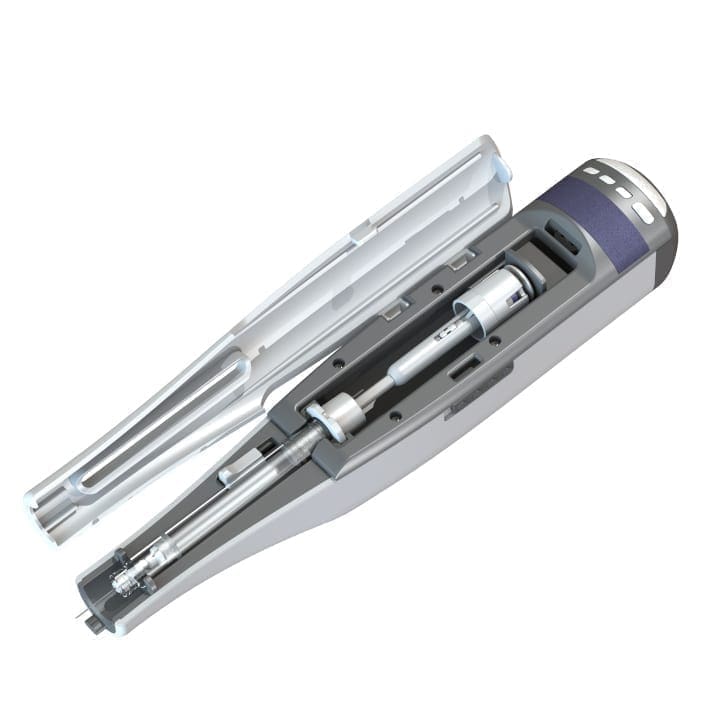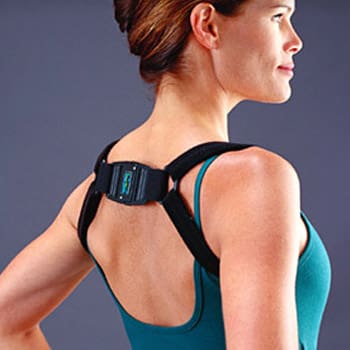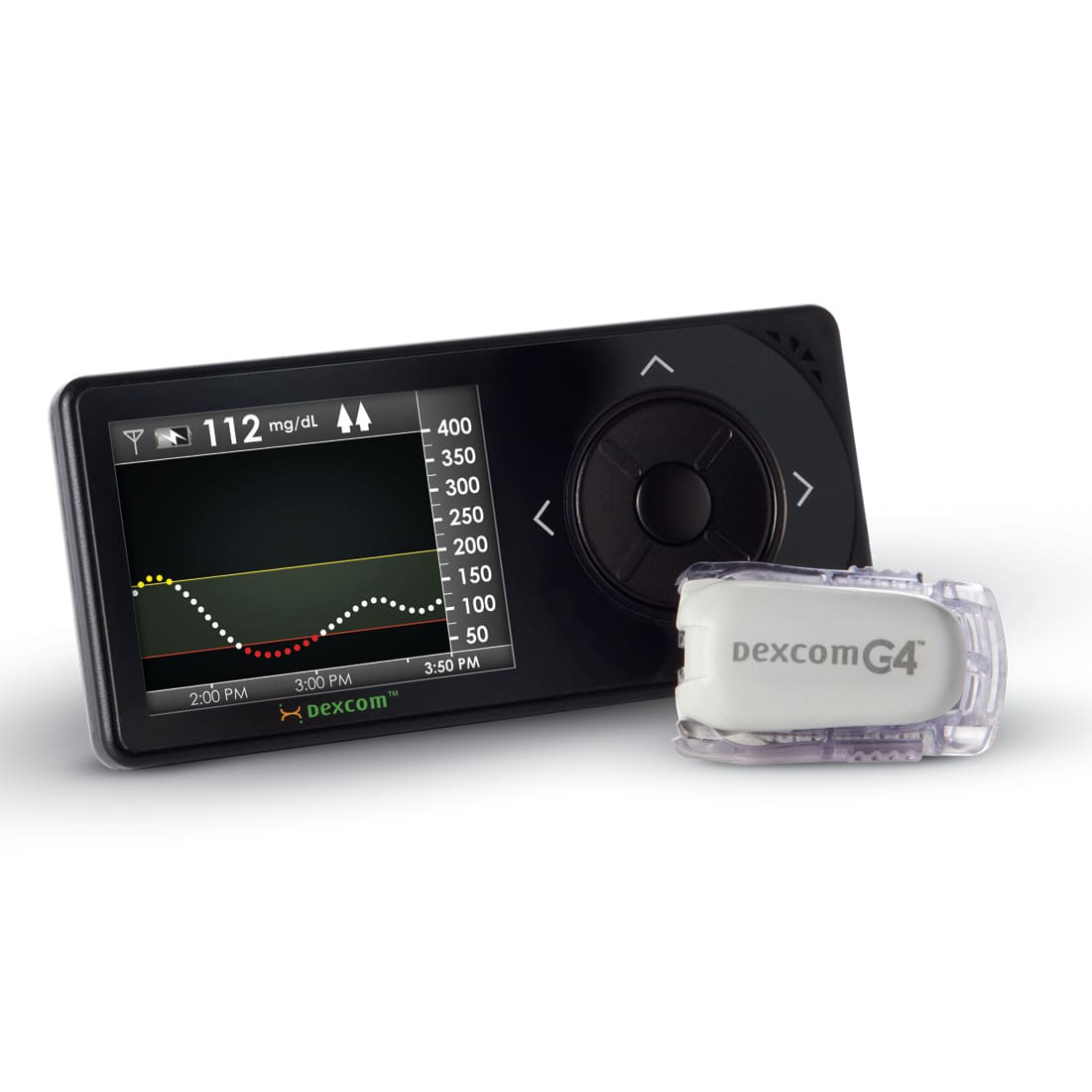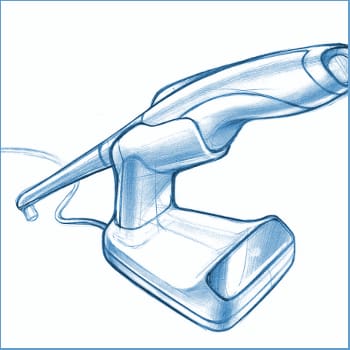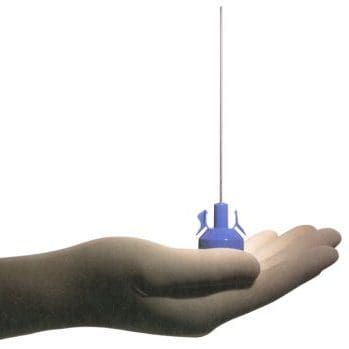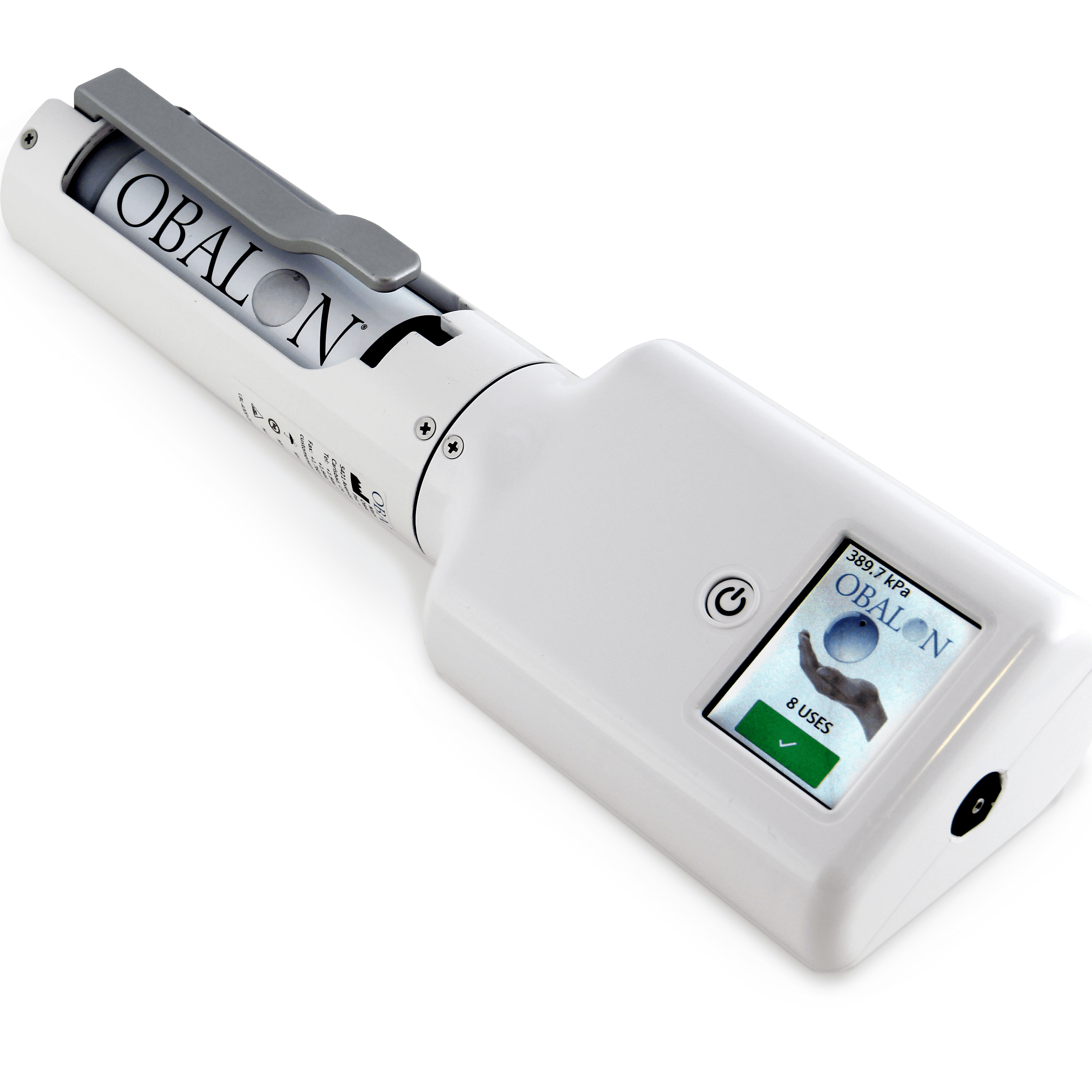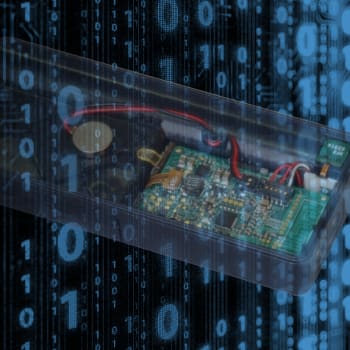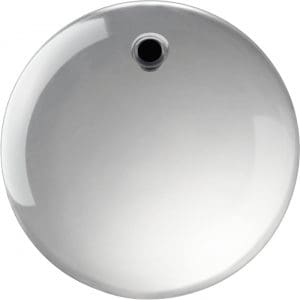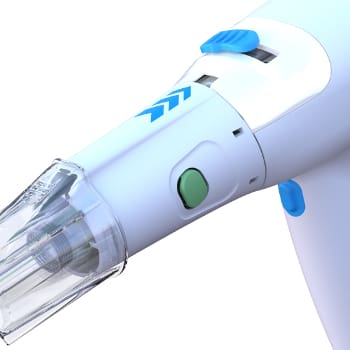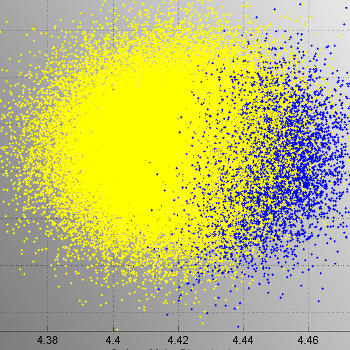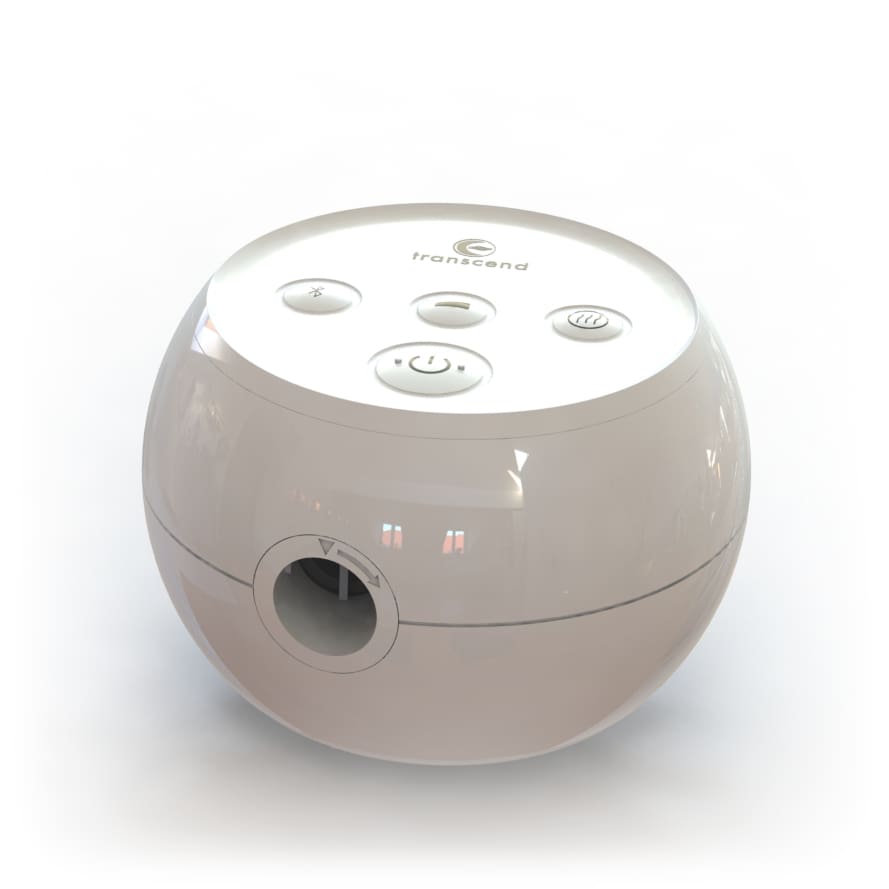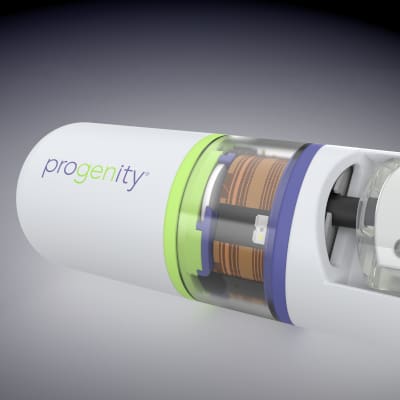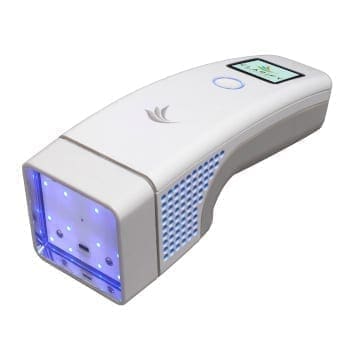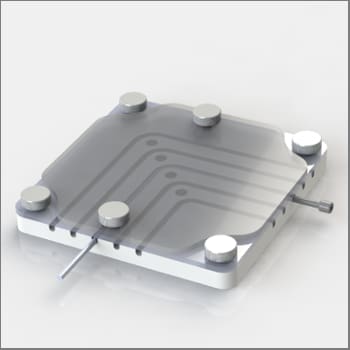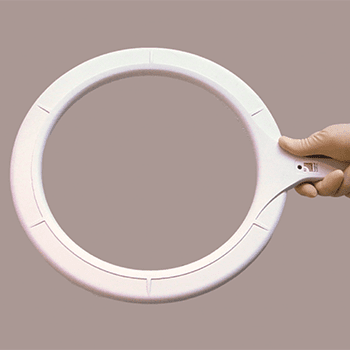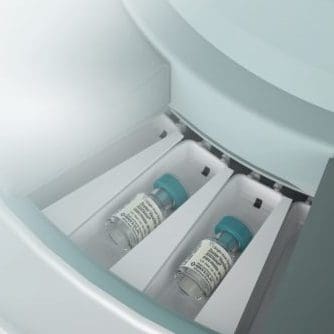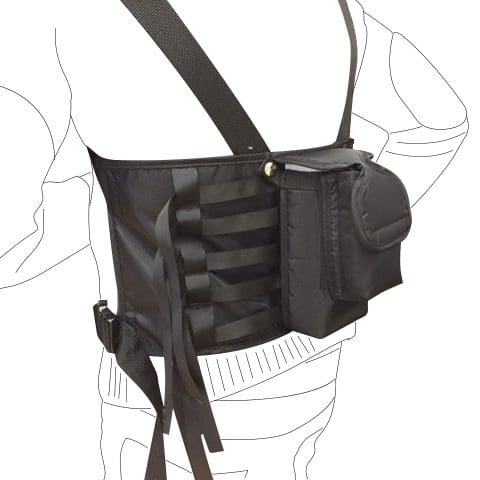AN IoT APPROACH TO MEDICATION ADHERENCE
THE CLIENT’S NEED
A start-up company had completed preliminary design work for a smart, cloud-connected prescription bottle cap, but needed design for manufacturability (DFM) expertise before scaling the product for production. The product was designed to improve medication adherence by providing visual and audio cues to patients to take medication, facilitating refill ordering, and communicating usage statistics to the patient’s physician and caregivers.
The device had been produced in low volumes on a pilot manufacturing line, and the client was ready to move to higher production volumes. As part of the scale-up effort, they wanted an independent DFM review to ensure that the design was suitable for production in quantities of 20K – 30K units per month.
NOVO was chosen to perform the design for manufacturability review based on our extensive experience with high-volume, highly-integrated electromechanical assemblies with molded plastic components. NOVO’s deliverables included a comprehensive DFM analysis of the design and the associated production tooling, and suggestions for reducing part count and adding poka-yoke (error-proofing) features.
DESIGN FOR MANUFACTURABILITY
The product consisted of two assemblies:
- The bottle cap, which fit standard prescription bottles and contained electronics to connect to a reminder light wirelessly, using the Bluetooth Low Energy protocol. The cap assembly was tightly packed with parts and, as in any highly-integrated design, the risk of unintentional side effects was high.
- The reminder light plugs into a wall outlet and is part of a cellular network. This was also a compact device and presented many opportunities for functional integration and part-count reduction.
The industrial design of the device was considered of high importance to the target market, so the design solutions were constrained by the enclosure geometry.
THE ENGINEERING BEHIND GREAT PRODUCTS
A small team of NOVO engineers analyzed the electronics and mechanical design at the assembly and component level to identify promising areas for design integration and refinement. Proposed changes were reviewed with the client, and a group of those advanced into detail design.
Some of the key changes made were:
- The PCB layout and housing design were modified to facilitate a snap-fit scheme that eliminated fasteners and standoffs and reduced assembly labor.
- The LED features were molded directly into the front cover. This eliminated several parts: the separate LED shield, light pipe, and several screws.
- The screw types used throughout the assembly were harmonized, which reduced assembly errors, simplified the assembly instructions, and reduced the number of unique part numbers on the bill of materials (BOM).
- The cap attachment design was modified to increase stability and reduce false readings.
- Cosmetic part designs were reconciled with the resin manufacturer design guidelines to reduce sink marks, drag marks, and other cosmetic defects on visible surfaces.
- An interface for programming the microcontroller of the reminder light during manufacturing was added. Cosmetics were preserved by hiding the connector under an existing product sticker.
- NOVO helped the client transition from multiple color-coded caps to a single-color cap, and added a sticker pocket for color coding by the end user.
A full documentation package, including 3D CAD and 2D drawings, was delivered to the client on schedule and within budget.


